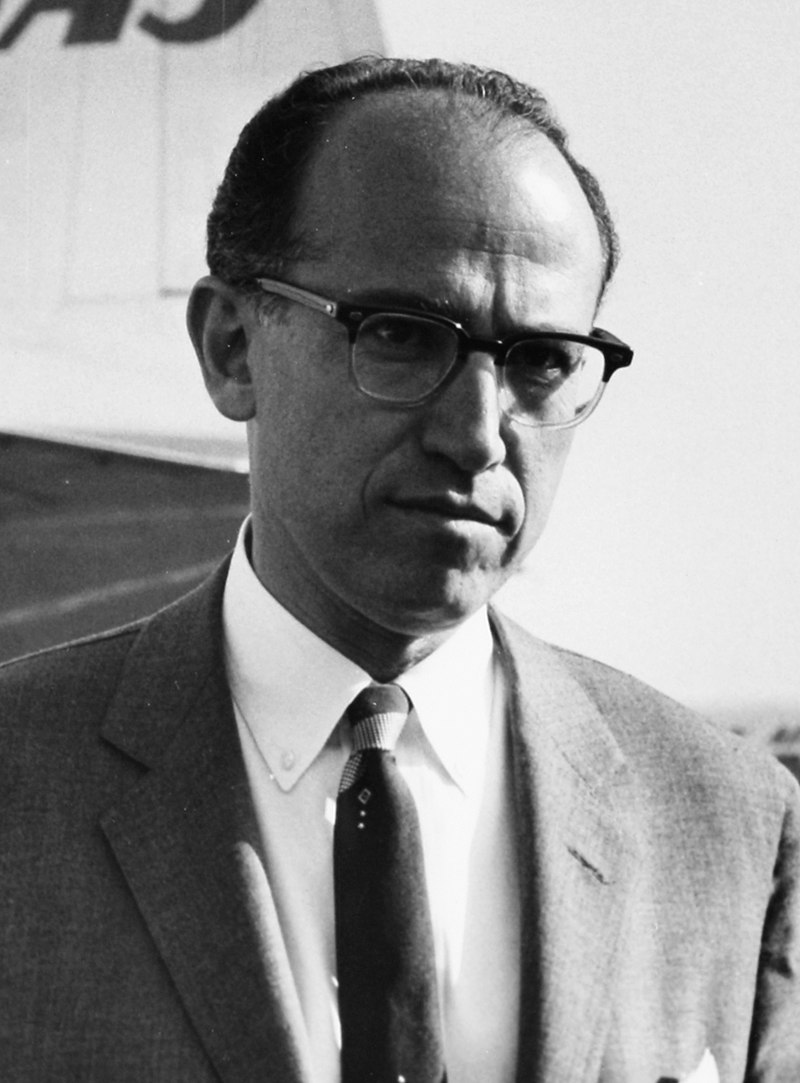On March 26, 1953, Dr. Jonas Salk publicly introduced the first polio vaccine, marking a monumental step in the fight against one of the most feared diseases of the 20th century. This breakthrough would eventually save millions from paralysis and death.
Polio, short for poliomyelitis, had plagued humanity for centuries, but it became especially devastating in the early 20th century. In 1952, the USA saw its worst recorded outbreak to date, with over 57,000 cases and 3,000 deaths. The disease primarily affected children, often leaving survivors with permanent paralysis. Many required devices like the iron lung, a mechanical respirator that helped them breathe.
With no cure, the world desperately needed a vaccine.
Dr. Jonas Salk, a virologist at the University of Pittsburgh, developed an inactivated polio vaccine (IPV) using killed poliovirus strains. This approach allowed the immune system to recognize the virus without causing infection. On March 26, 1953, Salk revealed his discovery on a national radio broadcast, explaining how the vaccine could safely produce immunity. That same year, he and his team tested the vaccine on themselves and their families, proving its safety.
The real test came in 1954 when the vaccine was given to 1.6 million children in the U.S., Canada, and Finland. The results were announced on April 12, 1955—the vaccine was safe, effective, and 80-90% successful in preventing polio. It was immediately approved for public use. The impact was dramatic. In just a few years, polio cases in the U.S. dropped from 58,000 in 1952 to only 161 by 1961.
Salk famously refused to patent the vaccine, believing it belonged to humanity. When asked who owned the patent, he replied, “The people. There is no patent. Could you patent the sun?” His work laid the foundation for later vaccines, including the oral polio vaccine (OPV) developed by Albert Sabin in the 1960s. Today, polio has been eradicated in most parts of the world thanks to widespread vaccination campaigns. The March 26, 1953 events were more than a scientific achievement—they were the beginning of the end for polio.

